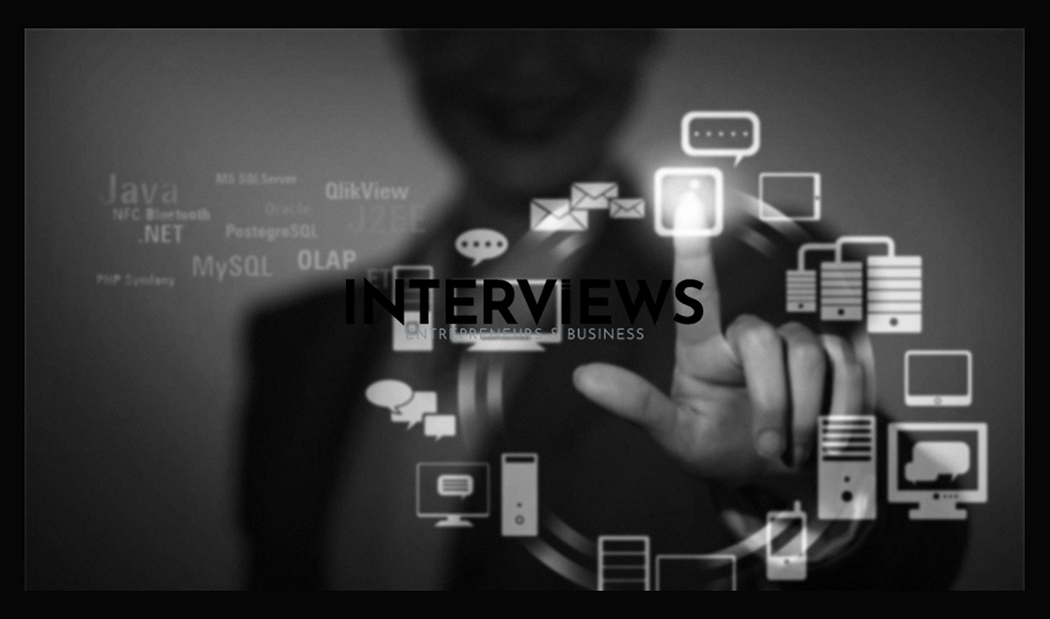Finding a programmer for your app feels tough. You have an idea, perhaps some sketches. Now, you need someone to create it. App development seems tricky. Rates and coding jargon abound. But don’t worry! This guide will help you find a programmer to fulfill your vision without draining your funds.
Understanding App Developer Costs: It’s More Than Rates
Let’s discuss expenses. Before reaching out to developers, grasp the costs involved. It’s more than just hourly rates. Think of it like car repairs. An oil change is different from engine rebuilding, and costs vary. App development operates similarly.
Hourly Rates: Junior to Senior Developers
Developer rates differ greatly by experience. Think of these ranks:
- Junior Developers: $25 – $40 per hour. Fresh talent, new to coding. Good for simpler projects or when on a budget.
- Mid-Level Developers: $50 – $100 per hour. Seasoned coders. They handle complex features well without much oversight.
- Senior Developers: $100 – $150+ per hour. Experienced veterans with advanced skills. Essential for complex apps.
Rates often range from “$25 to $150+” per hour. Freelancers may start at $25–49/hour, while agencies can ask $50 to $250+ per hour.
Project-Based Costs: From Simple to Extremely Complex
Prefer project costs? They can offer clearer expectations. Developers provide total costs based on complexity. Consider these estimates:
- Simple App: $5,000 – $50,000. Basic functions and interfaces.
- Medium Complexity App: $50,000 – $120,000. User accounts and custom UI features.
- Complex App: $120,000 – $300,000+. Feature-rich apps with advanced functionalities.
These estimates vary.
Cost Factors: What Raises or Lowers Prices
What influences app costs? Several factors matter:
- Developer Experience: More experience equals higher costs, but fewer problems.
- Location: Developers in North America charge more than those in lower-cost areas.
- Project Complexity: More features mean more time and cost.
- Platform: Developing for both iOS and Android increases work.
- Team Size: Need additional personnel? Larger teams increase overall costs.
- Design & UX/UI: High-quality design boosts user engagement but adds costs.
- Testing & QA: Effective testing ensures a smooth app experience, but it raises total costs.
Understanding these factors will help with quotes and decision-making.
App Maintenance and Store Fees
App costs extend beyond launch. Like a car, it needs ongoing care. Maintenance is a recurring expense. Plan for “15% to 20% of the initial development cost annually” to cover updates and feature additions. App Store fees are another consideration. Apple charges “99 USD per year” for membership. Google has a one-time fee of “$25”. Plus, they take “30% of in-app purchases.”
Rate Card Overview: Firm Types and Pricing
Here’s a summary table of firm hourly rates:
| Type of Firm | Hourly Rate Range |
| Freelance Developers | $50 – $300 |
| Offshore Firms | $27 – $82 |
| Small-Class Firms | $90 – $160 |
| Mid-Market Firms | $120 – $250 |
Specific rates depend on skills, location, and project specifics.
Finding Your App Wizard: Choosing the Right Developer
Cost clarity is crucial. But how do you find the right developer? You need a partner who understands your vision and can actualize it.
Step 1: Define Your App’s Blueprint
Before searching for developers, clarify what you want to create. “Define Your App’s Scope.” Outline:
- Core Functionality: What problem does it solve? Key features?
- Target Audience: Who needs this app?
- Platform: iOS, Android, or both?
- Design Preferences: Color schemes or styles?
- Timeline and Budget: When should it launch? What’s the budget?
Step 2: Seek Experience in Similar Projects
“Look for Familiar Project Experience.” If you want a social app, find developers with social features experience. Request portfolios and completed projects for validation.
Step 3: Communication is Important
“Prioritize Communication Skills.” Technical expertise matters, but without good communication, projects can falter. You need developers who listen and talk clearly about needs and goals. is key. Start with legal protection for your app idea.
Step 10: Legal Protections: Safeguarding Your App Idea
Before you share your idea, consider a Non-Disclosure Agreement (NDA) to keep it secure. This contract keeps your concept confidential, protecting your interests. Consult a lawyer for specifics.
Step 11: Business Structure: Laying the Groundwork
Establish your business structure. Will you be a sole proprietor, LLC, or corporation? Each has pros and cons regarding liability and taxes. Research what works best for you.
Step 12: Copyrights and Trademarks: Securing Your Brand
Consider copyrighting your app content and trademarking your app name and logo. This helps protect your brand identity and prevents others from using your unique assets.
Step 13: Contracts and Agreements: Defining the Scope
If you hire developers, create contracts outlining their roles, responsibilities, and payment terms. Clear agreements prevent misunderstandings and protect both parties’ interests.
Step 14: Compliance: Adhering to Regulations
Understand app regulations. If your app collects user data, ensure it complies with privacy laws such as GDPR or CCPA. Non-compliance can lead to legal troubles.
Step 15: Insurance: Safeguarding Your Project
Consider business insurance. It protects against potential legal issues related to copyright infringement or other claims. Consult with an insurance expert to find what suits you.
The Finish Line: Bringing Your App to Life
After planning, development, and legal protections, how do you launch your app?
Step 16: Launch Strategy: Getting Ready for Release
Prepare for your app’s unveiling. Create a marketing plan that outlines your target audience, promotional channels, and goals. Leverage social media, email marketing, and influencer partnerships.
Step 17: App Store Optimization: Getting Noticed
Optimize your app store listing with relevant keywords, engaging descriptions, and high-quality visuals. This helps users find your app among the competition.
Step 18: Monitor Feedback and Improve
After launch, collect user feedback. Monitor reviews and ratings to identify areas needing improvements. Engaging users builds loyalty and can increase downloads.
Step 19: Continuous Updates: Keeping Your App Fresh
Regularly update your app with new features and bug fixes. This maintains user interest and ensures optimal performance. Consider creating a roadmap for future improvements.
Step 20: Measure Success: Analyzing Key Metrics
Track app performance metrics. Analyze user engagement, retention rates, and revenue streams to evaluate success. Adjust strategies based on findings to maximize growth. In closing, app development is a journey requiring careful planning and execution. Focus on communication, technical assessment, cultural fit, and legal protection. Use available resources wisely to navigate the path ahead. Good luck!
Legal Steps to Consider:
- Form an LLC (Limited Liability Company): This protects personal assets from business debts. “Step 1: Form an LLC.”
- Copyright Your Code: Protect your app’s code and creative elements. “Step 2: Own the Copyright.”
- NDAs (Non-Disclosure Agreements): Use NDAs when sharing your app idea with developers to keep it confidential. “Step 3: Use Non-Disclosure Agreements.”
- Trademark Your Brand: Secure your app name and logo. Prevent others from using similar brands. “Register the Trademark.”
- Be Ready to Defend Your Turf: If someone violates your copyright or trademark, take action. “Pursue Infringement Cases.”
These legal steps protect your app and business for the future.
Showtime! App Promotion and Monetization Strategies
You built your app – great job! Launch is just the start. Now you need users and, if you plan to monetize, revenue.
Promotion Power Plays:
- ASO (App Store Optimization): ASO is like SEO for app stores. Optimize your app’s title, description, keywords, and images. “The basis for successful app promotion is App Store Optimization (ASO).”
- Keyword Research: Discover what users search.
- Optimize Title & Description: Use captivating, keyword-rich text.
- High-Quality Visuals: Create engaging screenshots and videos.
- App Store Reviews: Collect good reviews to improve visibility.
- Social Media Marketing: Use social media to raise awareness, engage users, and increase downloads. “Advertising through social media.”
- Engaging Content: Share interesting and valuable content.
- Community Building: Connect with followers and build a community.
- Contests & Giveaways: Motivate downloads and shares.
- Influencer Marketing: Work with influencers in your app’s field to reach their audience. “Influencer Marketing.”
- Relevant Influencers: Pick influencers whose audience matches your app.
- Offer Incentives: Give promo codes or benefits for promotion.
- Referral Programs: Encourage existing users to refer friends, rewarding them for referrals. “Utilize the Power of Referral Programs.”
- User Referrals: Create a system where users can refer others easily.
- Offer Rewards: Provide in-app perks or discounts for successful referrals.
- Email Marketing: Build an email list and promote your app to interested users. “Email Marketing:”
- Build an Email List: Gather emails from interested users.
- Targeted Emails: Send specific messages and offers to your list.
Monetization Models: Making Money from Your Mobile Masterpiece
If your app is not just a hobby, explore monetization strategies. Here are common ones:
- Advertising: Put ads in your free app. Earn revenue from impressions, clicks, or installs. “Free apps often show ads inside, as banners, interstitials, or native ads.”
- In-App Purchases: Provide extra features, content, or goods for purchase. Popular in games and premium apps. “Users can make one-time purchases or subscribe within the app to access more content, features, or virtual items.”
- Subscription Model: Charge a recurring fee (monthly or annually) for access to your app or premium features. Common in streaming services. “Users pay regularly for access to features or content.”
- Freemium Model: Offer a basic version for free and charge for premium features. A combination of free access and paid upgrades. “Basic features are free, but premium features need a subscription or in-app purchases.”
Choose the right monetization model based on your app type, audience, and goals. Finding the ideal programmer is a journey. With the right info and approach, navigating this will be easier. Understand costs, evaluate developers well, and explore hiring options or DIY methods. Your app may become the next big hit on the App Store!





